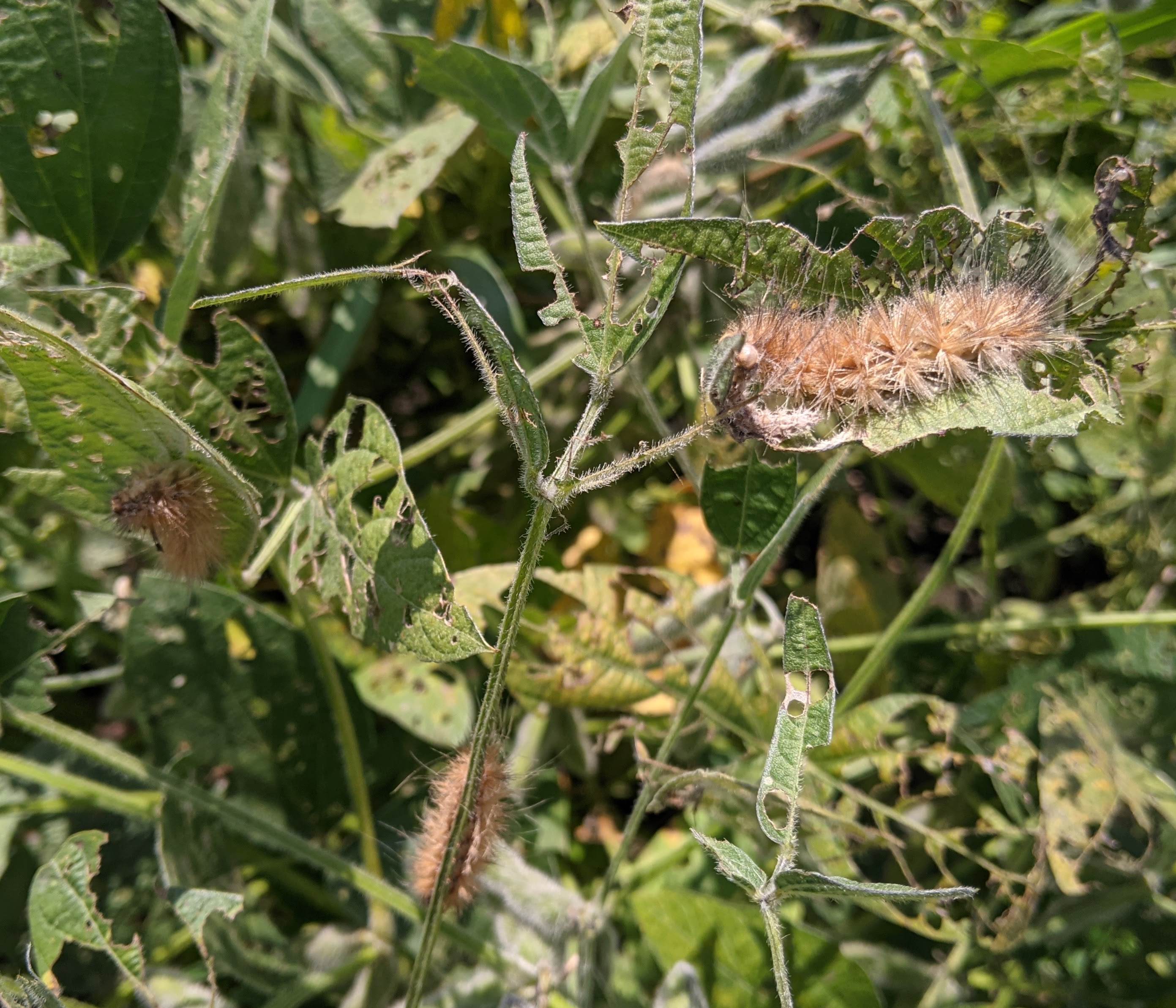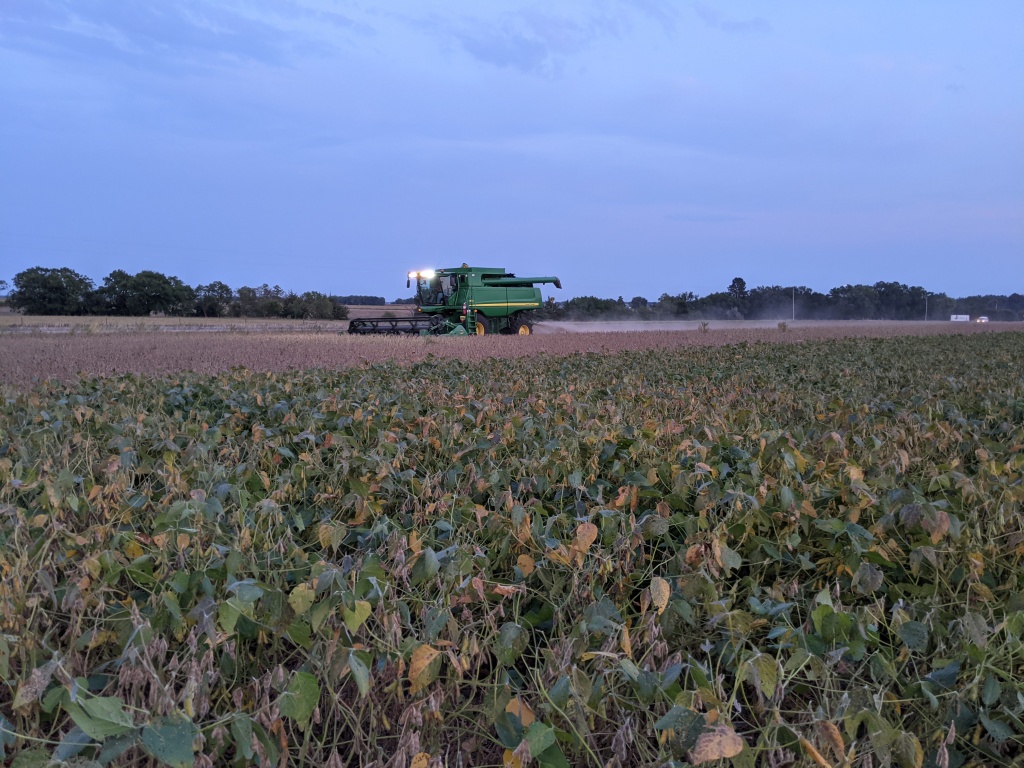| Upcoming Events: Sept. 21: Crop Science Investigation (CSI) for youth, 4:45-5:45 p.m., RSVP to jrees2@unl.edu Oct. 19: Crop Science Investigation (CSI) for youth, 4:45-5:45 p.m., RSVP to jrees2@unl.edu Nov. 12: Dr. Temple Grandin-Kids and Dreams Foundation: Understanding Animal Behavior, 10 a.m., Buffalo Co. Fairgrounds, Kearney Nov. 16: Crop Science Investigation (CSI) for youth, 4:45-5:45 p.m., RSVP to jrees2@unl.edu Dec. 21: Nebraska Crop Management Conference, Younes, Kearney Jan. 6: Crop Production Clinic, Mid-Plains Community College, North Platte Jan. 6-7: York Ag Expo, Holthus Convention Center, York Jan. 11: Crop Production Clinic, Northeast Community College, Norfolk Jan. 13: Crop Production Clinic, Holiday Inn Express, Beatrice Jan. 19: Crop Production Clinic, C3 Hotel & Convention Center, Hastings Jan. 21: Crop Production Clinic, ENREC near Ithaca Jan. 25: Crop Production Clinic, Younes, Kearney Jan. 26: Crop Production Clinic, Holthus Convention Center, York Feb. 17: Nebraska On-Farm Research Updates, York |
There’s times after I write this column on Sunday nights that I could turn around and write another one after Monday hits! Last week was one of those weeks, so here’s considerations for this week. Also, reminder to remove ET gages and irrigation scheduling equipment from fields before harvest.
Woolly Bear Caterpillars have been around since fair time at lower levels in landscapes and fields. However, they are showing up fairly heavy in later season soybeans right now, so it’s wise to be scouting for them. They’re doing a lot of leaf defoliation, yet also watch the pods for clipping or feeding on them. The economic threshold for defoliation is 20% in reproductive stages. I have been seeing them dying in fields from beneficial fungi as well, so look for dead/dying caterpillars and consider this as well. Decisions to treat are very field dependent. Organic options include various Bt products which impact caterpillars but don’t hurt other beneficial insects. Be aware of pre-harvest intervals (PHI) listed on the label (also pages 338-344 of 2021 Weed/Disease/Insect Guide); most products list 18+ days.
(Photo captions below): 3 woolly bears on this plant (left), lots of defoliation (top, right), and what dead woolly bears due to beneficial fungal pathogens look like (notice the duller color-they start almost looking a gray/white with age and don’t move).



Fall Armyworms: My phone went crazy again last week about them. Feel badly for all who had to reseed new alfalfa seedings, reseed cover crops, reseed small grains, and for all reseeding lawns. Their feeding happens so quickly. Even those who cut older stands of alfalfa were finding the armyworms weren’t killed after cutting. I was most commonly asked if cover crops or small grains should even be planted/replanted until the fall armyworms disappeared. Yes, they should as these small grains and covers obtain better establishment and growth the sooner they’re planted. The fall armyworms will eventually move south; however, entomologists don’t know the exact trigger for that. With the moths still flying, we may continue seeing larval feeding for a few weeks. What I told people who called or texted was to plant (being prepared with a product in mind should you need it), scout once the new seedlings start coming and be ready to apply a product if necessary. I listed a number of products in last week’s column, including organic options for consideration. Not every field nor lawn is impacted; it’s all dependent upon where the moths lay their eggs. A field or lawn that was impacted once may not be impacted again.

Harvest: Beans have dried down fast in spite of some green stems and leaves attached. Hearing moistures ranging from 10-14% on 2.0-2.5 maturity beans with yields depending on rain and disease. Even the corn is drier than what it appears inside some of these fields as I’m taking on-farm research notes. With harvest most likely ramping up this week, please be safe! It’s really dry which makes for dangerous road conditions and greater fire potential.
Harvesting soybeans as close to 13% is a goal for which to aim, in spite of the challenge. It’s perhaps a combination of art and luck depending on environmental conditions. Consider beginning harvest at 14% moisture making combine adjustments and operating at slower speeds as necessary. While there’s a dock of around 2.5% for the first 2 points delivering wet beans, delivering soybeans much below 13% moisture reduces profits because there’s fewer bushels to sell (load weight divided by 60 lbs/bu assuming 13% moisture). Selling soybeans at 8% moisture, you’re losing about 5.43% yield; at 9% moisture, it’s 4.4%; at 10% moisture, 3.3%; at 11% moisture, 2.25%; and at 12% moisture, it’s 1.14% yield loss. That doesn’t take into account additional risk for shatter losses during harvest. Only 4-5 beans on the ground can add up to a bushel/acre loss due to shatter. The following are profit examples:
Example 1. If the grower was to sell beans at 13.8% moisture, he/she would be docked 2.5% of the selling price of $12.30/bu, reducing the actual price to $11.99 per bushel. Total income per acre would be: 75 bu/ac yield x $11.99/bu = $899.25 per acre gross
Example 2. If the soybeans were harvested at 9% moisture, there would be 3.3 fewer bushels per acre to sell (4.4% of 75 bu/ac yield due to water loss): 75 bu/ac – 3.3 bu/ac =71.7 bu/ac yield x $12.30 = $881.91 per acre gross. In this example it’s better to take a dockage for selling beans at 13.8% moisture than sell them at 9%. The difference is a positive gain of $17.34 per acre or around $2341 on a 135 acre field.
Example 3. If the soybeans were harvested at 12% moisture, there would be 0.86 fewer bushels per acre to sell (1.14% of 75 bu/ac due to water loss): 75 bu/ac – 0.86 = 74.14 bu/ac yield X $12.30 = $911.92 per acre gross. If you can’t hit 13%, it’s still pretty profitable to sell them for 12% moisture compared to the other examples. Here’s wishing you a safe and profitable harvest!



































